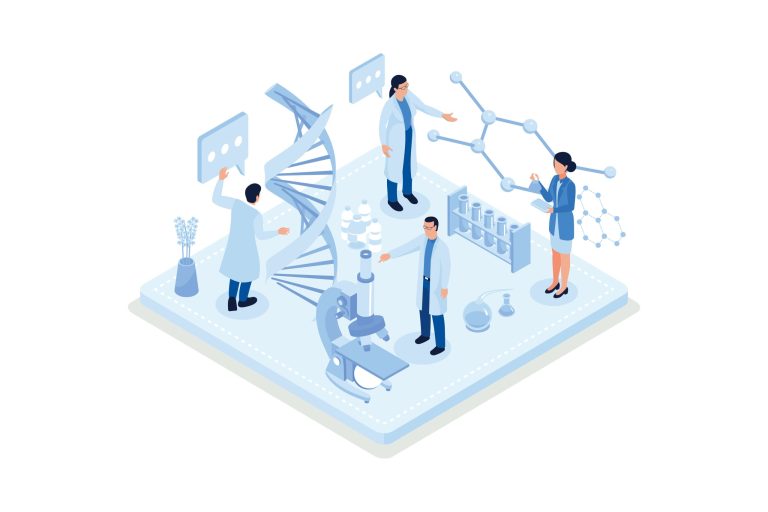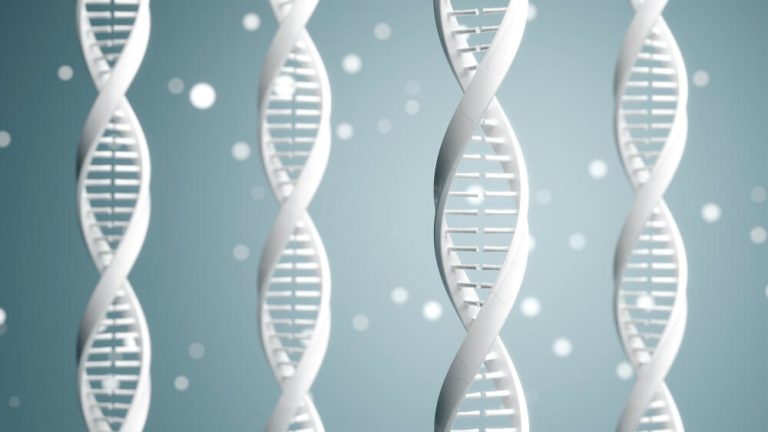The Ultimate Guide to Longevity Clinics: Extending Your Healthspan
For centuries, humanity has been captivated by the idea of a longer life. We’ve searched for fountains of youth and miracle cures, all in the pursuit of adding more years to our existence. But in the 21st century, the conversation has shifted from a simple desire for a longer lifespan to a more profound goal: extending our healthspan. This is the period of our lives spent in good health, free from chronic disease and full of vitality.
This modern quest is the driving force behind a new frontier in healthcare. It moves beyond the traditional model of treating sickness as it arises and instead focuses on proactively optimizing health to slow the aging process itself. At the forefront of this movement is the longevity clinic, a specialized center dedicated to applying the science of aging to help individuals live not just longer, but better.
These clinics represent a paradigm shift in how we view medicine. They combine principles from genetics, preventative care, and functional medicine to create a deeply personalized roadmap for each patient. The goal is to identify and address the root causes of aging at a cellular level, enhancing resilience and preserving function for as long as possible.

What Makes a Longevity Clinic Different from a Regular Doctor’s Office?
Your typical experience with a primary care physician is often reactive. You feel unwell, you schedule an appointment, and you receive a diagnosis and treatment for a specific ailment. This model is incredibly effective for acute illnesses and injuries, but it was not designed to manage the slow, complex process of aging.
A longevity clinic operates on a fundamentally different premise: proactivity. It doesn’t wait for symptoms to appear. Instead, it uses advanced diagnostics to get a comprehensive picture of your current health and future risks. The focus is on optimization and prevention, not just treatment.
This approach is inherently holistic. While a traditional doctor might refer you to a cardiologist for your heart and a gastroenterologist for your digestion, a longevity specialist views the body as one interconnected system. They understand that poor gut health can drive inflammation that affects your brain, or that hormonal imbalances can impact your metabolic function. The objective is to understand these intricate connections and address the underlying drivers of health decline.
Furthermore, the entire process is built around you as an individual. It rejects the one-size-fits-all model in favor of a bespoke strategy tailored to your unique biology, genetics, lifestyle, and goals. It’s the difference between a standard tune-up and a complete system overhaul designed by an engineer with your car’s specific blueprints.

What Core Principles Guide Longevity Medicine?
The philosophy of longevity medicine rests on several key pillars that distinguish it from conventional healthcare. These principles guide every decision, from initial testing to the development of long-term health strategies. Understanding them helps clarify why this approach is gaining so much traction.

Is Personalized Medicine the Foundation?
Absolutely. The core tenet of a longevity clinic is that there is no universal ‘anti-aging’ formula. Your path to optimal health is as unique as your fingerprint. This is why personalization is not just a feature; it is the entire foundation of the practice.
This begins with a deep dive into your genetics. Genomic testing can reveal predispositions to certain conditions, how your body metabolizes nutrients, and which types of exercise might be most beneficial for you. It provides a personalized instruction manual for your body.
But it goes beyond just your DNA. Longevity specialists also consider your epigenetics, which are the modifications that control which of your genes are turned on or off. Your lifestyle choices, diet, stress levels, and environment all influence your epigenome. A longevity clinic aims to help you make choices that promote a healthy pattern of gene expression, effectively slowing down your biological clock.

Why is a Systems-Based Approach So Important?
Traditional medicine often organizes itself by organ system. You have specialists for the heart, the lungs, the skin, and so on. Longevity medicine, drawing heavily from the principles of functional medicine, takes a systems-based view. It recognizes that the body is a complex network where everything is connected.
For example, chronic inflammation is not seen as an isolated issue but as a potential root cause of numerous age-related diseases, including heart disease, neurodegeneration, and arthritis. Instead of just treating the symptoms in each area, a longevity specialist seeks to identify and eliminate the source of the inflammation itself, which could be related to diet, gut health, or hidden infections.
This perspective allows clinicians to uncover the ‘why’ behind health issues. It’s about connecting the dots between seemingly unrelated symptoms to address the central dysfunction. This approach is fundamental to creating lasting health improvements rather than just temporary fixes.
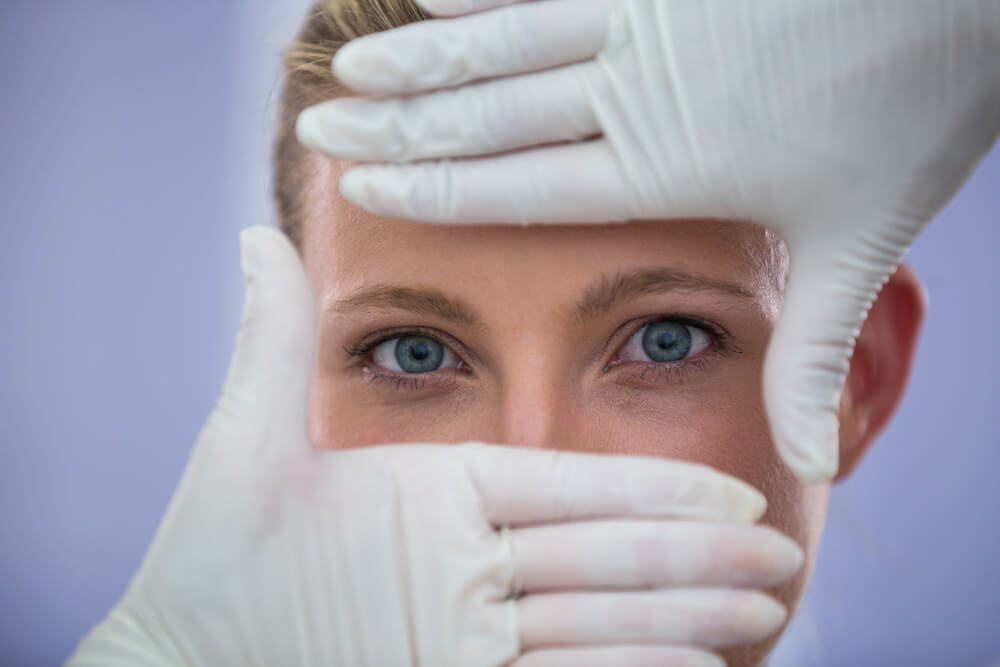
How Does Proactive Prevention Drive Treatment?
The ultimate goal of longevity medicine is to extend healthspan by preventing age-related decline before it becomes disease. This means shifting the focus from the red zone of sickness to the green zone of optimal wellness. The entire clinical strategy is built around this proactive stance.
This involves the use of highly sensitive biomarkers that can detect subtle shifts in your physiology long before they would be flagged on a standard medical test. By tracking markers for inflammation, metabolic health, oxidative stress, and nutrient status, clinicians can spot negative trends and intervene early.
This could mean recommending a dietary change to improve your blood sugar control before it progresses to pre-diabetes, or suggesting specific supplements to lower inflammatory markers before they contribute to arterial plaque. It’s about staying ahead of the curve, managing your health trajectory with intention and precision to maintain peak function for decades.

What Can You Expect During a Visit to a Longevity Clinic?
Walking into a longevity clinic is a different experience. The process is thorough, data-intensive, and highly collaborative. It’s a partnership between you and the clinical team, all working toward your specific health goals.

What Happens in the Initial Consultation?
Your first visit is typically a deep and comprehensive information-gathering session. Expect it to last much longer than a standard doctor’s appointment. The clinician will want to know everything about your health history, your family’s health history, your daily diet, exercise habits, sleep patterns, stress levels, and work-life balance.
This conversation is crucial because it provides the context for all the data that will be collected. You’ll also discuss your personal goals. Do you want to maintain cognitive sharpness, run a marathon at 60, or simply have the energy to play with your grandchildren? These goals help shape the priorities of your personalized plan.

What Kind of Advanced Diagnostics are Used?
This is where longevity clinics truly shine. The diagnostic phase goes far beyond a simple physical and basic blood panel. The aim is to create a high-resolution snapshot of your current biological state using a wide array of cutting-edge tests.
This includes comprehensive biomarker analysis that can look at hundreds of different data points in your blood. These tests assess everything from advanced cardiovascular risk factors and a full spectrum of hormone levels to micronutrient deficiencies and markers of systemic inflammation. It’s about getting granular detail on your body’s internal workings.
Genetic testing is also standard practice, providing insights into your inherited risks and biological tendencies. Many clinics now also offer epigenetic age testing, which analyzes your DNA methylation patterns to calculate your ‘biological age’. This can be a powerful motivator, as it provides a tangible metric of how your lifestyle is impacting your aging process, a number you can actively work to improve.
To get a full picture of physical health, clinics use sophisticated tools. Assessing body composition with a DEXA scan or measuring cardiovascular fitness with a VO2 max test are common. Having the right essential diagnostic equipment for a longevity clinic is non-negotiable for providing this level of detailed, actionable insight.

How is a Personalized Plan Created?
Once all the data is collected, the real work begins. The clinical team synthesizes your consultation details, lab results, genetic information, and physical assessments into a single, coherent picture of your health. From this, they develop a multi-faceted, personalized health plan.
This plan is your roadmap to a longer healthspan. It won’t be a generic pamphlet telling you to ‘eat less and move more’. It will be a detailed strategy that may include a specific nutritional protocol designed for your metabolism, a targeted list of supplements to correct deficiencies or support cellular health, and a precise exercise prescription that balances strength, cardio, and stability training.
Your plan will also address lifestyle factors like sleep hygiene, stress management techniques, and potentially environmental toxin reduction. It is a comprehensive guide to optimizing every major aspect of your life for health and longevity.

What Are Some Common Therapies and Interventions?
A longevity plan is dynamic and incorporates a wide range of interventions, from foundational lifestyle changes to advanced medical therapies. The specific combination is always tailored to the individual’s needs and goals.

How is Nutrition and Supplementation Optimized?
Nutrition is a cornerstone of any longevity protocol. Based on your genetic makeup, metabolic markers, and personal preferences, your plan might recommend a specific dietary approach, such as a Mediterranean, low-carb, or plant-forward diet. The focus is on whole foods, nutrient density, and blood sugar stability.
Supplementation is equally targeted. Instead of a generic multivitamin, you will be prescribed specific compounds based on your lab results. This could include Vitamin D if you are deficient, omega-3 fatty acids to lower inflammation, or magnesium to improve sleep and muscle function.
More advanced supplementation often involves molecules that support cellular health, such as NAD+ precursors. NAD+ is a critical coenzyme for energy production and DNA repair that declines with age. Supporting its levels is a key strategy in longevity medicine, and clinicians must know [how to measure NAD+ levels in patients](https://talkinglongevity.com/how-to-measure-nad-levels-in-patients/) to effectively guide this type of therapy.

What Role Does Exercise and Physical Health Play?
Exercise is potent medicine, and in a longevity clinic, it is prescribed with precision. The goal is to build and maintain the key physical attributes that decline with age: muscle mass, cardiovascular fitness, and stability. Your plan will likely include a mix of different training modalities.
This often includes strength training to combat sarcopenia (age-related muscle loss), which is critical for metabolic health and physical resilience. It will also specify aerobic exercise, often with a focus on Zone 2 training to improve mitochondrial efficiency. Mobility and stability work are also included to prevent injury and maintain functional movement.

Are Advanced Therapies Part of the Protocol?
For some individuals, a plan may include more advanced medical interventions. Hormone Replacement Therapy (HRT) can be used to restore declining hormone levels (like estrogen, testosterone, or thyroid) to more youthful ranges, which can have profound effects on energy, body composition, and overall well-being.
Peptide therapy is another emerging area, using specific short chains of amino acids to signal various processes in the body, such as promoting tissue repair, reducing inflammation, or enhancing growth hormone release. Some clinics also offer IV nutrient therapy to deliver high doses of vitamins and antioxidants directly into the bloodstream.
The field is constantly evolving, with researchers and futurists alike exploring the absolute limits of human biology. This has led to serious discussions about whether [can we live to 120 or more](https://www.theguardian.com/science/2023/sep/09/the-age-of-longevity-has-begun-can-we-live-to-120-or-more-and-would-we-want-to) and what that reality would look like. While we may not be there yet, the therapies available today are already making a significant impact on healthspan.
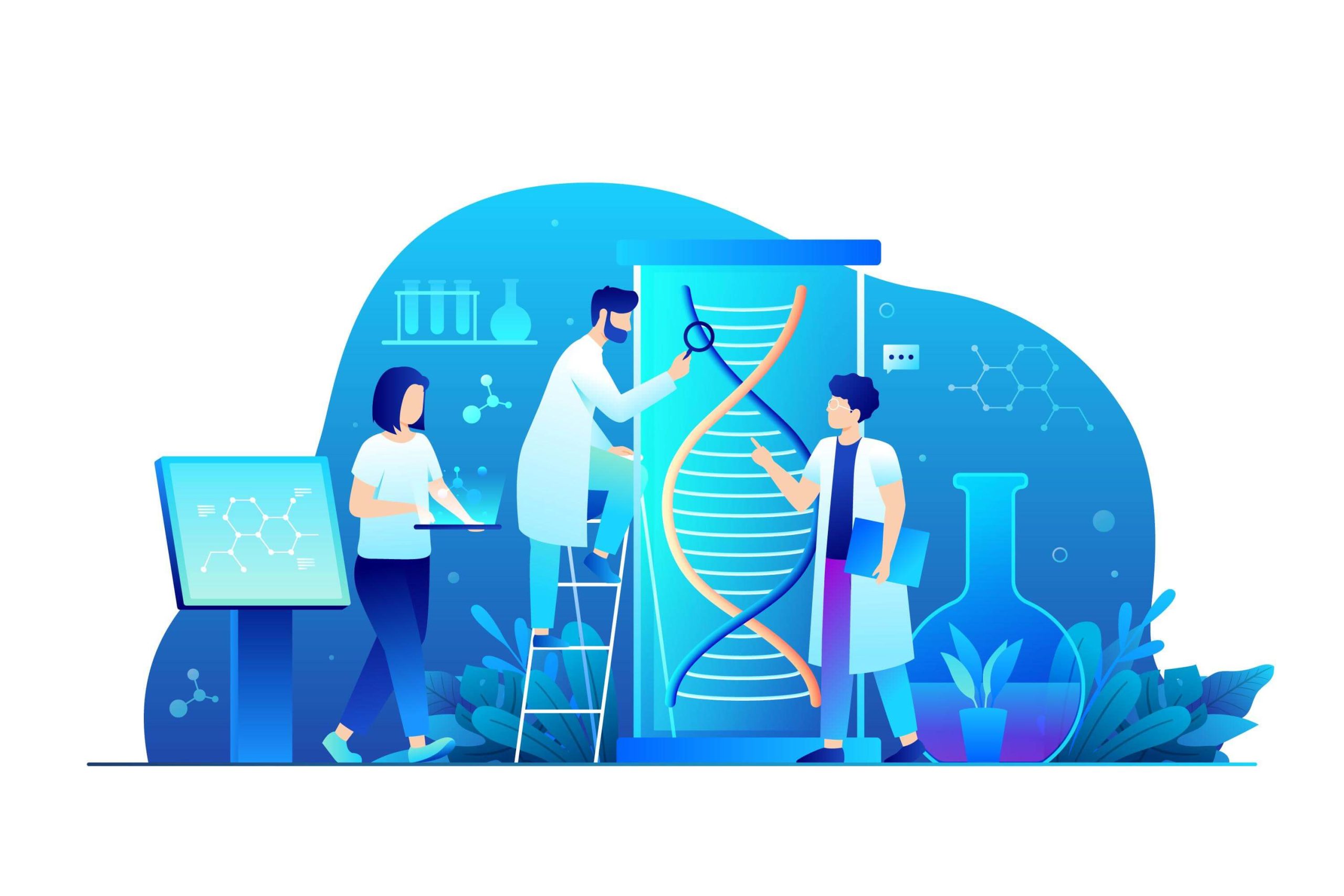
How Does Longevity Medicine Relate to Other Fields?
Longevity medicine did not appear in a vacuum. It stands on the shoulders of several established and emerging medical disciplines, integrating their principles into a new, forward-looking synthesis.

What is the Connection to Functional Medicine?
There is a very strong connection. Longevity medicine can be seen as a specialized application or an evolution of functional medicine. Both disciplines share the core philosophy of seeking the root cause of dysfunction and viewing the body as an interconnected system.
Many of the diagnostic and treatment approaches used in longevity clinics were pioneered in functional medicine. The focus on gut health, detoxification, and nutrient optimization are all hallmarks of this approach. Major institutions have recognized its value, with centers like the [Cleveland Clinic's functional medicine](https://my.clevelandclinic.org/departments/functional-medicine) department demonstrating its growing acceptance. Longevity medicine takes these principles and applies them with a specific focus on the mechanisms of aging.

How Does It Align with Mainstream Gerontology?
Gerontology is the scientific study of the biological, psychological, and social aspects of aging. It’s the academic and research-driven field that provides much of the foundational knowledge for longevity medicine. Organizations like the [National Institute on Aging](https://www.nia.nih.gov/) fund and conduct the research that uncovers why and how we age.
A longevity clinic is where this research is translated into clinical practice. When scientists discover that a particular pathway is involved in cellular aging, longevity doctors are the ones who figure out how to target that pathway with lifestyle or medical interventions in their patients. They are the bridge between the laboratory and the individual.
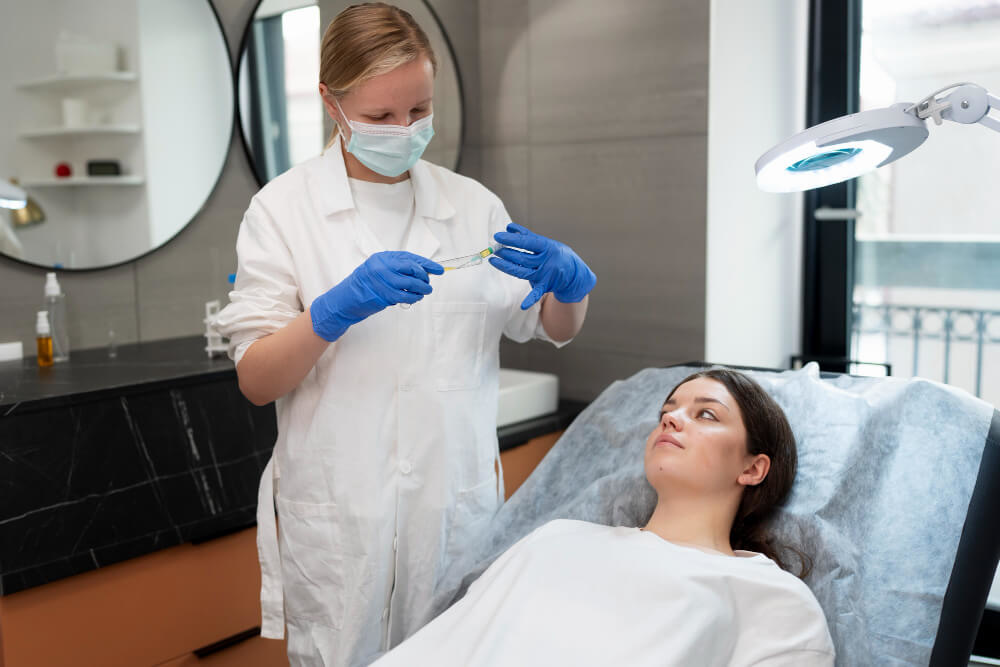
Are There Different Models for Longevity Clinics?
Yes, the field is diverse and growing. Different clinics may have different areas of emphasis. Some, like wild health, are heavily focused on genomics and precision medicine, using a patient’s DNA as the primary guide for creating a health plan. Others may specialize more in athletic performance, cognitive enhancement, or aesthetic aging.
The structure and accessibility of these clinics can also vary significantly. They are often private, concierge-style practices. The operational complexity means that there are various financial models for a successful longevity clinic, which in turn influences the services offered and the patient experience. As the field matures, we will likely see an even greater diversity of approaches and models.
In the end, a longevity clinic offers a powerful and optimistic vision of the future of health. It’s a move away from simply waiting for disease and a step toward actively building a life of sustained vitality. By embracing a proactive, personalized, and data-driven approach, these clinics empower individuals to take control of their own aging process, adding not just more years to their life, but more life to their years.
Frequently Asked Questions

How can my practice navigate insurance reimbursement for longevity services that are often considered “not medically necessary”?
Navigating insurance reimbursement requires a strategy rooted in meticulous documentation and establishing a clear diagnostic rationale. Insurers frequently deny claims for services labeled as preventative or wellness-focused, so it is critical to connect every test and treatment to a specific patient symptom, risk factor, or existing diagnosis. This means justifying advanced biomarker panels or genetic tests by linking them to a patient’s personal or family medical history, thereby framing them as essential diagnostic tools rather than elective wellness screenings.
Practitioners should become proficient in using ICD-10 codes that support medical necessity, including Z-codes for risk factors and family history. Submitting a detailed letter of medical necessity alongside the claim can preemptively address insurer questions and justify the clinical reasoning behind your care plan. Be prepared for an appeals process, as initial denials are common; a persistent and well-documented approach is often required to secure payment for these advanced services.

What are the key differences between a cash-pay model and a hybrid insurance model for a longevity practice?
A pure cash-pay model, often structured as a membership or subscription, offers the practice complete freedom from insurance company constraints and administrative burdens. This allows for total pricing transparency for the patient and gives the provider autonomy to offer innovative services without worrying about coverage. However, this model can limit the patient base to those with higher disposable incomes who can afford to pay entirely out-of-pocket.
In contrast, a hybrid model seeks to broaden patient access by billing insurance for covered services like standard consultations (E/M codes) and conventional lab work. Specialized services, such as advanced diagnostics, health coaching, or peptide therapy, are then billed directly to the patient as non-covered, cash-based services. While this can attract a wider demographic, it introduces significant administrative complexity, requiring a sophisticated billing system to manage both insurance claims and direct patient payments effectively.

Beyond standard E/M codes, what coding strategies can help capture the value of advanced diagnostics and personalized treatment planning?
To accurately capture the value of longevity medicine, practices must look beyond basic Evaluation and Management (E/M) codes and utilize a more nuanced coding strategy. For the extensive time spent on data analysis and patient counseling, time-based E/M coding is often more appropriate than complexity-based coding. This allows you to bill based on the total time spent on the patient’s case on the day of the encounter, which better reflects the in-depth nature of a longevity consultation.
Furthermore, consider leveraging codes for health and behavior assessment and intervention (e.g., CPT codes 96156, 96158) when the service involves addressing psychological, behavioral, and social factors related to the patient’s health status. When ordering advanced diagnostics, ensure you are using the most specific ICD-10 codes available to justify the test’s medical necessity. This combination of time-based billing, behavioral health codes, and precise diagnostic coding creates a more accurate and defensible representation of the comprehensive care provided.
Discover the most comprehensive functional medicine training, longevity training, and biohacking certification programs designed specifically for healthcare professionals, medics, and clinic owners who want to master regenerative medicine protocols and anti-aging therapies.




